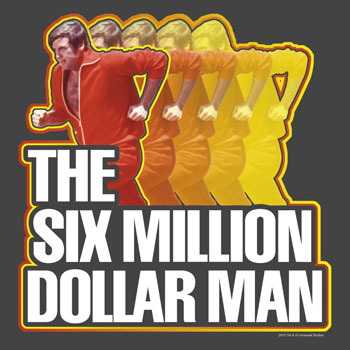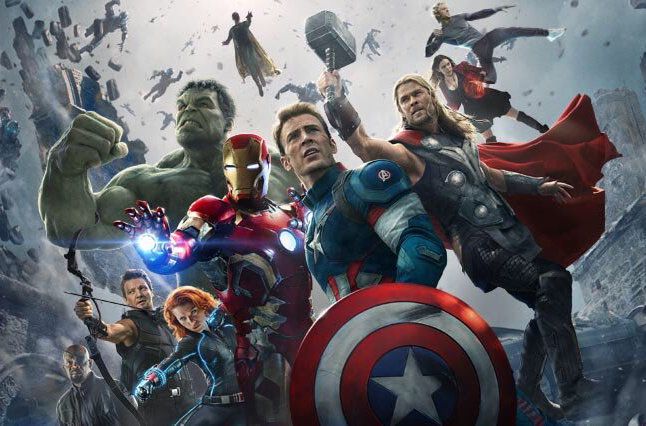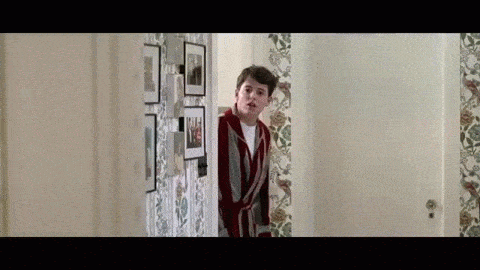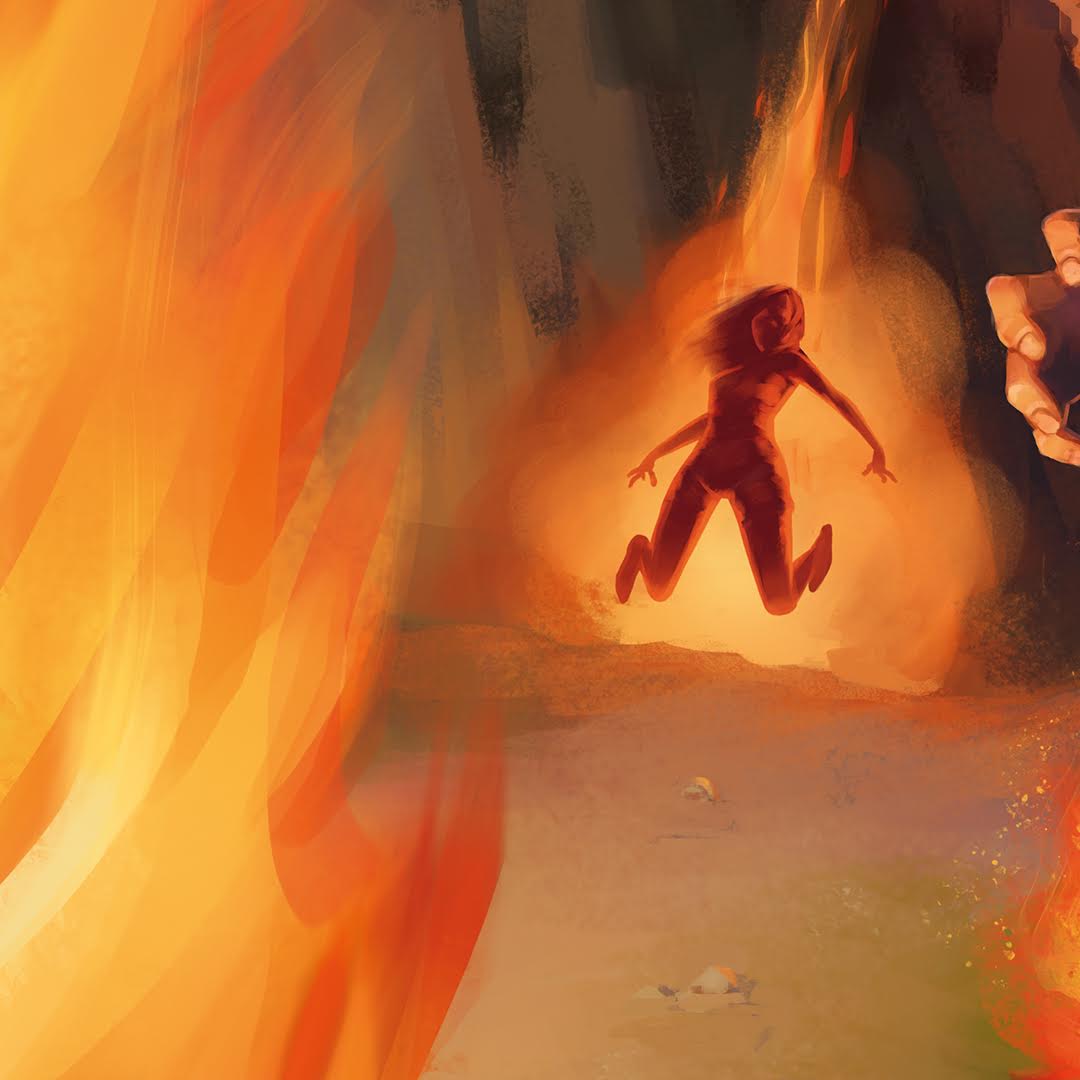2017 was an amazing year for Restoration Games. When Rob and I started this wild venture a little over a year ago, we said our goal for Restoration was:
Be a year-two company in year one and a year-five company in year two.
I think we lived up to the first half of that, and we’re working hard to live up to the second half. 2017 saw us release our first three games all at once at Gen Con. It also saw us announce our next big game—the kind of a game you’d expect from a year-five company: Fireball Island. Almost from the moment we started the company, Fireball Island was on our radar. We knew it would be a fan favorite, and the fans confirmed that in short order. We are thrilled to be bringing this game to you in 2018. So, if you’ll excuse the lengthy prose, I wanted to take this opportunity to tell you about the project, where we are, how we got there, and provide as much information as I can at this time. Spoiler alert: Probably not as much as you’d like.
(If you can’t wait for Fireball Island to come out, now’s a good time to head on over and vote for it on the Most Anticipated Games list over at Board Game Geek.)
It took almost a full year to finalize the deal to make this game. We want to give a special thanks to Bruce Lund, one of the original inventors of the game, and Longshore, our manufacturing partner, for helping make this happen. They have been great to work with and have been very open to where we want to take the game. I want to give a special shout-out to Jon, part of the Longshore team, who stays into the night (his time) for our weekly morning (our time) calls.
Speaking of which, let’s talk about our approach to this restoration. If you’ve enjoyed any of our first three games, you know that we don’t do reprints. Our guiding principle on the restoration process is:
Find the “soul” of the game, turn that up to 11, and build a great game around it.
This approach is particularly true for a game like Fireball Island. In the original, the “toy factor” is off the charts and the main source of people’s fond memories. Nobody recalls the time they rolled that “5” just when they needed it. Let’s be honest: It’s all about the fireballs. We knew our version had to be bigger, faster, and cooler. This turned out to be a major design challenge. For starters, even though we wanted to make our island larger than life, we had to figure out a way to make it fit in a smaller box. The original box just isn’t commercially viable in today’s market, where shelf space is at a premium. Fortunately, our Restoration Guru, Mike Gray, had a brilliant idea that kicked off the island design process.

Better. Stronger. Fireballier.
One of the first things Rob noted when he got his hands on it was that players had little control over their own actions and complete control over the marbles. You rolled the die and moved your pawn with little in the way of choice. On the other hand, if you got to unleash a fireball, you aimed Vul-kar exactly where you wanted the fireball to go and let it rip, and the fireball would dutifully follow that precise path to its target. Rob’s very first design idea was that we need to flip those two around: Give the players more choice, and, at the same time, make Vul-kar and the island less … compliant. You still have some control over the fireballs, but now there is an element of chance and, by extension, risk. When you let a fireball go, there’s that “slot machine” moment, where you’re waiting to see if you hit the jackpot or go bust. We’re also working on providing just a bit more meat to the gameplay, with more than one path to victory. At its core, the adverse incentives are the same: You’re not going to be doing very well if you keep getting blasted by fireballs. But now, you have a few different objectives you can strive for rather than the singular race mechanic from the original. As the game draws to a close, you might have a good idea of who’s winning, but you won’t be sure until that boat finally leaves the island.
I want to take a moment to talk about how the island itself is an incredible and unique design challenge (and also hopefully stir up a bit of sympathy for us). It needs to work mechanically as a game board but also look great. It’s three-dimensional and made of plastic; it’s not just a matter of getting an artist to do a nice illustration and then printing it on some cardboard. It needs to be designed three dimensionally, and then we need to render art on the 3D image. This is particularly challenging because the art needs to be printed on the plastic when it’s flat and then stretched into the 3D shape. It needs to fit all the various accessories that will sit on it, such as trees, bridges, treasures, and the like. The chutes need to be designed so the marbles come out fast – but not too fast. We want the miniatures to get knocked back when they get hit but not always end up in the same spot or fly off the board altogether – well, maybe every once in a while. It needs to be lightweight but sturdy. The marbles need to veer off on branching paths, but they can’t always take the same path. The fact is, we’ve been working on the island for six months, and it’s still not finished. Now we’re working on stuff like “Hey, it’s going down this one chute too often; how about we twist the edge of that fork a couple of millimeters to the left.” Phew.
So how is all this getting done? Of course, we’ve got a great team at Restoration, with Rob and JR heading up the game design and Jason and Lindsay working on the graphics. We’ve also assembled this amazing team of artists, designers, and mad scientists:
George Doutsiopoulos is our lead artist. He’s done an amazing cover piece that we’ll be showing off soon. (You can get a glimpse of it at the top of this article.) It really captures the energy, adventure, and humor we’re striving for. You might recognize his work from the forthcoming STEM: Epic Heroes.
Noah Adelman of GameTrayz developed the initial look and layout of the 3D island trays, working closely with Rob to figure out a design that would work for the game. You’ve seen his plastic artistry in some amazing inserts for Mechs vs. Minions, Wasteland Express Delivery Service, and The Grimm Forest.
Chad Hoverter is sculpting our player miniatures, all the little happy trees and bridges that live on the island, and old Vul-kar himself. You can see some of his past masterpieces in Mice & Mystics, Fate of the Elder Gods, and the recent Heroes of Land, Sea & Air.
Design Innovation is a product design agency that develops everything from toolboxes to coffeemakers to some of the most amazing toy playsets you’ll ever see. They are helping us get the island into a workable production file and also designing some of the “chrome” we’re adding on top that we can’t really talk about yet.

Saving the world, one classic game at a time.
Overall, Fireball Island: The Curse of Vul-kar will offer an experience that has: an amazing table presence, moments that will cause players to scream in delight and agony, enough strategy to keep gamers engaged but not so much that kids and casual players can’t partake in the fun, variety to reward repeat plays, a playtime under an hour. In short, we will make a game that honors its legendary predecessor and the fond memories of its fans, while at the same time offering a great time for people who never played the original.
So where do we go from here? We’re very excited to show you more of our hard work over the coming weeks and months. Thank you for giving us the opportunity to do so.

Okay, okay. I know what you all really came here for. You want to know when you can buy it, right? Here’s what I can say about that: We are planning on doing a Kickstarter and have a tentative date, which we’ll announce as soon as we firm up enough of the assets for the campaign page. We expect to announce both the Kickstarter launch and street date next month. In the meantime, we’re planning on showing off some more of the amazing work the team is doing, so make sure you’re following us on social media and have signed up for our mailing list.

